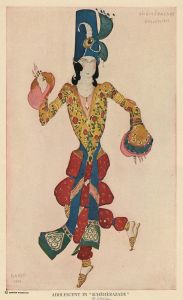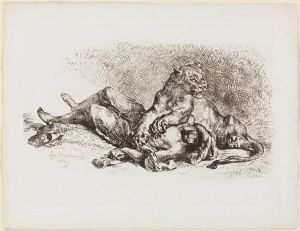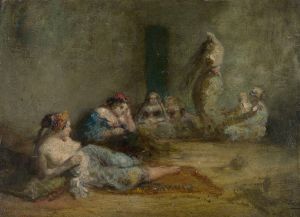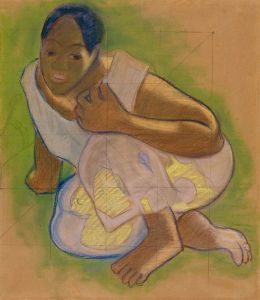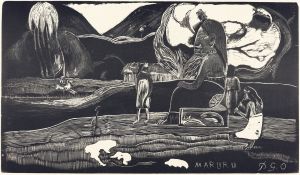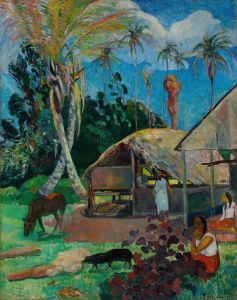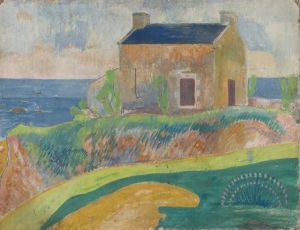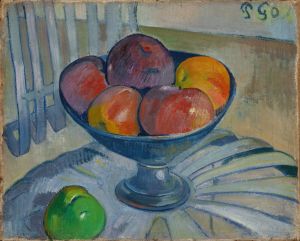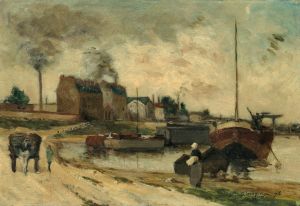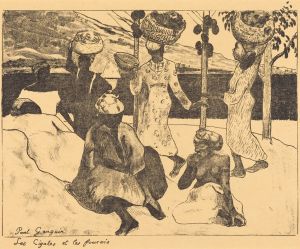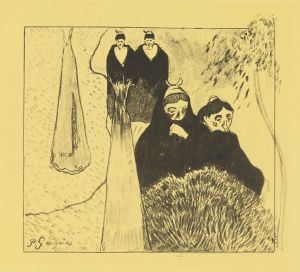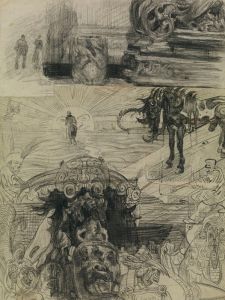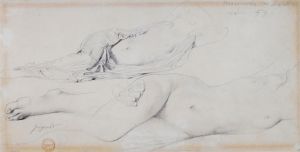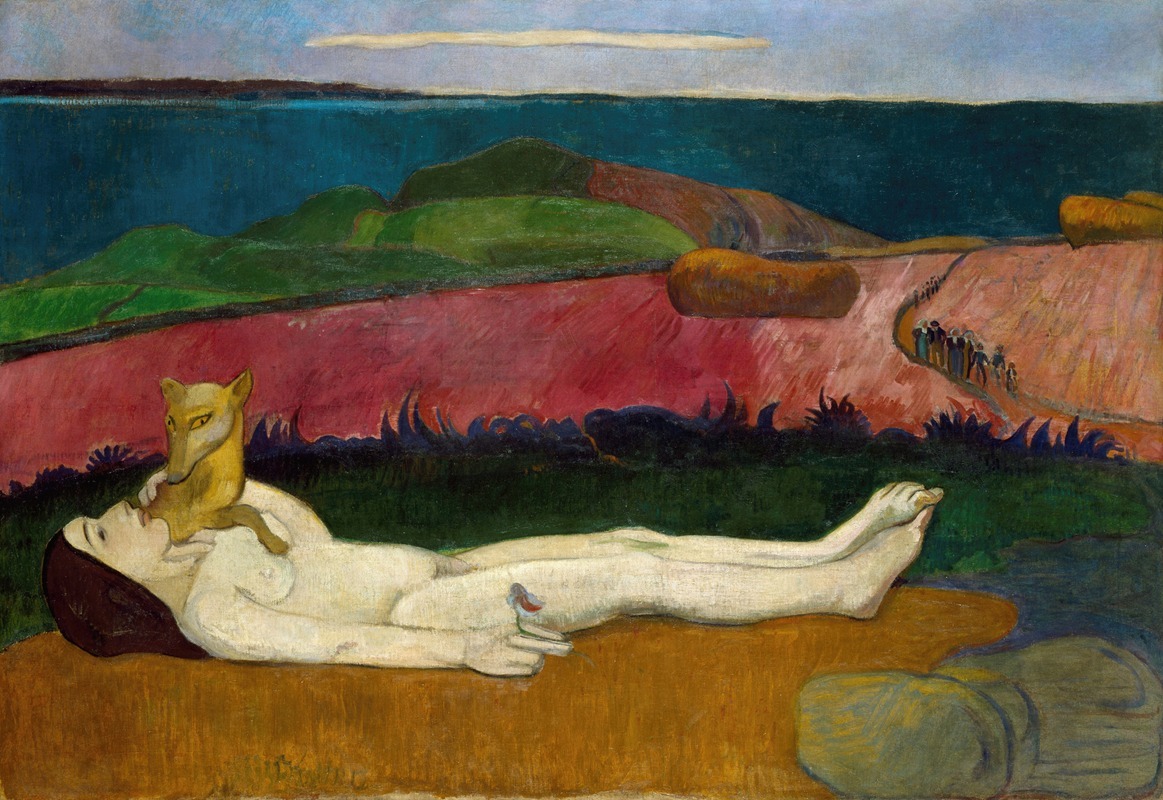
The Loss of Virginity
A hand-painted replica of Paul Gauguin’s masterpiece The Loss of Virginity, meticulously crafted by professional artists to capture the true essence of the original. Each piece is created with museum-quality canvas and rare mineral pigments, carefully painted by experienced artists with delicate brushstrokes and rich, layered colors to perfectly recreate the texture of the original artwork. Unlike machine-printed reproductions, this hand-painted version brings the painting to life, infused with the artist’s emotions and skill in every stroke. Whether for personal collection or home decoration, it instantly elevates the artistic atmosphere of any space.
Paul Gauguin's painting The Loss of Virginity (La Perte du pucelage) is a notable work created in 1890–1891 during the artist's time in Brittany, France. This oil on canvas painting reflects Gauguin's post-Impressionist style, characterized by bold colors, flattened forms, and symbolic imagery. The artwork is currently housed in the Musée d'Orsay in Paris, France.
The painting depicts a reclining nude woman lying on a grassy landscape, accompanied by a fox positioned near her body. The woman’s pose is reminiscent of classical representations of reclining nudes, but Gauguin’s approach diverges from traditional academic styles by incorporating a more expressive and symbolic aesthetic. The fox, often associated with cunning and seduction in Western folklore, adds an enigmatic layer to the painting’s meaning. Gauguin’s use of vibrant colors and simplified forms emphasizes the emotional and symbolic content of the scene rather than striving for naturalistic representation.
The title of the painting, The Loss of Virginity, suggests themes of innocence, sexuality, and transformation. However, Gauguin’s exact intentions remain unclear, as he often employed ambiguous and multi-layered symbolism in his works. The painting’s setting in Brittany reflects Gauguin’s interest in rural and "primitive" cultures, which he believed were more authentic and spiritually connected than the industrialized modern world. During this period, Gauguin was deeply influenced by the landscapes, traditions, and people of Brittany, which frequently appeared in his art.
The Loss of Virginity is an example of Gauguin’s broader artistic philosophy, which sought to move beyond the conventions of Impressionism and embrace a more symbolic and emotional approach to art. His work during this time laid the foundation for the Symbolist movement and influenced later modernist artists. The painting’s combination of sensuality, symbolism, and non-naturalistic style exemplifies Gauguin’s innovative approach to art-making.
This artwork is part of Gauguin’s larger body of work that explores themes of human emotion, spirituality, and the relationship between humanity and nature. While interpretations of the painting vary, its striking composition and evocative imagery continue to captivate viewers and art historians alike.





